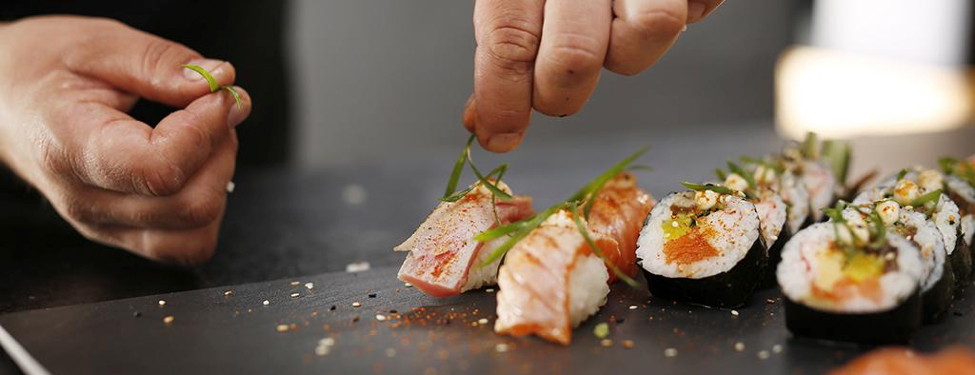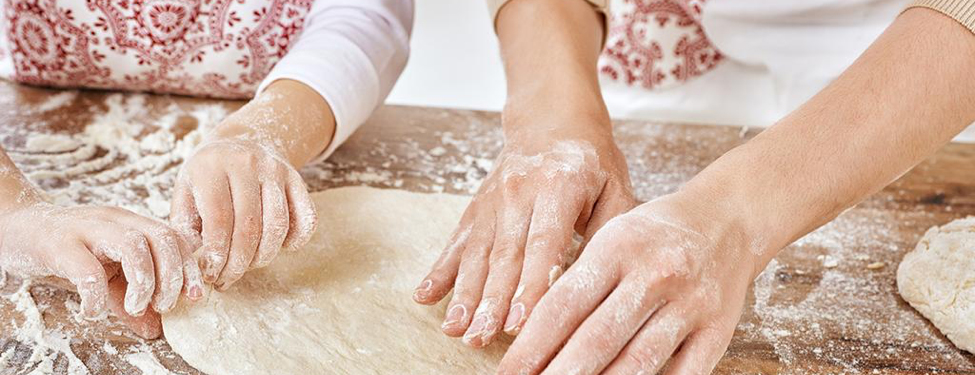The mind is a complicated thing. The way people think and take in the world around them has an impact on all areas of life, including the average meal check at your restaurant. If you feel that your checks should or could be higher, the problem may be not in your food or service, but rather with the psychological effect of your menu design.
The design and strategy of your menu creates a strong psychological pull for your diners, drawing them to certain items and steering them away from others. If you understand menu psychology and implement it with your own menu, your average check will start to increase even without any actual changes to the menu choices.
Eliminate Dollar Signs
When people see a dollar sign, they almost instinctively hold their wallets a little tighter. Dollar signs remind the diner that they are about to spend money, and this can make people spend less. The brain automatically associates a dollar sign with cost, not gain, and your diners will spend less when they see the symbol. When presented with a menu without dollar signs, however, diners will spend more.

Offer a “Premium Option”
When people eat out, they feel as though they are giving themselves a treat. Thus, when you provide them with a “premium” item, and place it next to a less expensive option, they may decide to splurge. However, you have to use this strategy carefully, because it works differently depending on the type of item and the total cost of the item.
If the diner is looking at lower cost items, like drinks, then providing two items will draw the diner towards the premium choice. For example, if you have two beers, a premium (high profitability) beer and a “cheap” one placed side by side, most diners will buy the premium option. However, if you add a third option, a beer of medium quality and price, that’s the one most diners will buy. By choosing middle-road option, diners believe they are still getting a good product, but with a cheaper price tag. You can use this knowledge to place a high-profit item in that middle slot, and an even more expensive item in the premium spot.
However, the same effect does not occur with expensive meals. If you place a premium meal option next to a second quality option that’s cheaper, diners are likely to choose the less expensive option. In this case, use your high-ticket item to draw diners to the slightly cheaper, (but highly profitable) item you wish to sell.
Use Descriptive Words
Your menu is a great place to get a little wordy. Don’t just tell your reader that you have a tasty fried chicken entree. Delight their senses by discussing the crispy, crunchy skin surrounding a savory, marinated chicken that is so tender it falls off the bone. Did your mouth just start watering? The more descriptive your menu item is, the better it is going to sell.
As you are using descriptive language, be specific. Outline the flavors in the dish, telling the reader that it is sprinkled with garlic or drizzled with lemon. Also use terms that explain how it is prepared, like sautéed or pan-seared. Spend the most time on your most profitable items to improve your overall profits.
Draw The Eye
When someone reads a menu, they start on the front page and read from left to right, just like they read a book. When designing your menu, capitalize on this fact. Make it easy to read the way most people are going to read it. Additionally, use boxes and images to draw their eye to high-ticket items. People will purchase what their eye lingers on, which means your revenue will increase.
Primacy & Recency
Do you think you could walk into a restaurant you’ve never been too, read the menu from start to finish, then close it and read off every item you just read? Unless you are some kind of super genius, your answer is probably no. Most people will be able to recite the last few items they read as well as the first. This is due to primacy and recency effects. People tend to remember the first items (primary) and the last items (most recent) on a list.
You can use this psychological insight to your advantage by placing your high-profit items at the beginning and end of your menu. You can also design your menu to create “front and center” positions for items you want your customer to see first. Few people are going to read your entire menu, and those who do are not going to remember everything they read. When you place high-profit items in at the beginning, end, and in primary locations, these items will stick in diners’ minds and they’ll be more likely to purchase them.
“I Got it From My Momma”
Does your signature sauce contain ingredients passed down from your great grandma? Don’t just tell people that it’s a secret family recipe, put her name on the menu! You will find that the nostalgia that a name and relationship creates in the mind of the reader will make them more likely to buy the item. Aunt Lucy’s chicken and dumplings have to be good, after all, or you would not want to put your dear aunt’s name on the dish!
Increase Revenue With Menu Psychology
The dining process is a highly psychological affair. Your menu’s design, copy, and overall appearance have a direct effect on diners’ choices and experiences. Apply these basic psychology tips into your menu design, package it well with a custom menu cover, and watch as your average check total increases significantly. It all starts with a menu that entices your guests to select the items you want them to buy.


